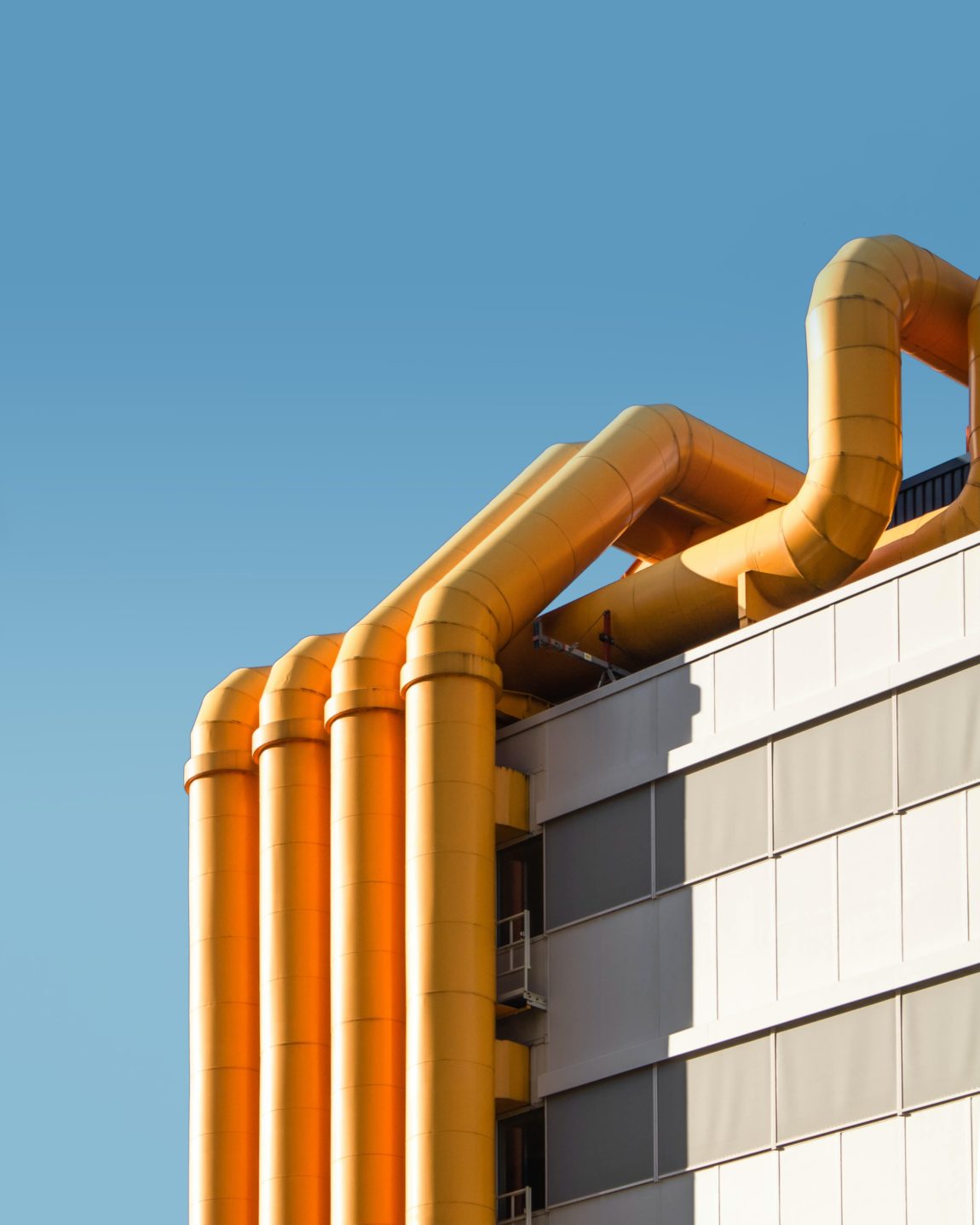The Art and Science of Industrial Design: Bridging Creativity and Functionality
Key Takeaways
- Definition and Scope: Industrial design blends art with engineering to optimize the function, value, and appearance of products.
- Historical Evolution: From craft-based individual creations to mass-produced innovations, the field has evolved significantly with industrialization.
- Educational Pathways: Various educational programs specialize in industrial design, focusing on aesthetics and user functionality.
- Professional Practice: Industrial designers collaborate extensively with engineers and marketers to tailor products that meet consumer and market needs.
- Rights and Recognition: Industrial design rights protect the unique visual aspects of non-utilitarian objects, fostering innovation and creativity.
Ever since the dawn of industrialization, the realm of industrial design has been a fascinating dance of aesthetics fused with practical functionality. I remember the first time I stumbled into the world of design; it was through a vintage Olivetti typewriter displayed in a quaint museum corner. Its sleek, functional form sparked my curiosity about how objects are conceived and crafted—a journey that’s been enlightening and expansive.
Journey Through Time: The Evolution of Industrial Design
The transformation from individual craftsmanship to automated mass production marked the birth of industrial design. Imagine walking through a European workshop in the medieval era, where specialized craftsmen repetitively shaped materials into functional items under the banner of shared techniques and designs. Fast forward to the industrial revolution, a seismic shift that introduced the need for designs that could be easily replicated through emerging manufacturing processes.
Take, for instance, the iconic Fender Stratocaster or the VW Beetle—each a symbol of how industrial design meshes technical precision with user-centered aesthetics. These aren’t just products; they’re cultural icons that tell stories of eras, innovations, and user experiences.
Educational Pathways: Shaping the Designers of Tomorrow
Diving into industrial design education unveils a panorama of possibilities. Whether it’s through a rigorous art college curriculum focusing on product styling or a hybrid program that marries design with engineering, the pathways are as diverse as the field itself. I’ve spoken with many young designers, their sketchbooks brimming with ideas and eyes alight with the potential of shaping the future—one product at a time.
The Designer’s Canvas: Where Creativity Meets Commerce
In practice, industrial design is a symphony of collaboration. Designers don’t work in isolation; they are the conductors orchestrating inputs from engineers, marketing teams, and even psychologists to ensure the product resonates with its intended audience. Consider how a simple change in the curve of a smartphone can enhance user comfort or how the texture of a car dashboard can turn ordinary into luxurious.
Navigating the Rights: Protecting Innovation
In a world where design can be as valuable as function, securing industrial design rights is crucial. These rights are not merely legal formalities but shields that protect the aesthetic integrity of innovations from being replicated unlawfully. It’s fascinating how a pattern or shape can be registered internationally, allowing creators to safeguard their innovations across borders.
Frequently Asked Questions
What exactly is industrial design?
Industrial design is the professional practice of designing products used by millions of people around the world every day. It focuses on the aesthetics and usability of products, ensuring that they are optimally designed for human use.
How has industrial design evolved over the years?
Historically, industrial design shifted from individual craftsmanship to a focus on mass production and efficiency with the advent of industrialization. Today, it integrates technology and user-centered design principles to enhance both functionality and aesthetic appeal.
What educational paths can one take to become an industrial designer?
Aspiring designers can pursue degrees in industrial design, graphic design, interior design, or related fields from vocational schools or universities. Advanced degrees like a Master of Design or Master of Fine Arts are also available.
Why is industrial design important in everyday products?
Industrial design combines form, function, and ergonomic considerations to make products enjoyable and practical to use. It plays a crucial role in the consumer market by enhancing the usability and appeal of products.
How are industrial design rights protected?
Industrial design rights protect the visual design of objects that are not purely utilitarian. These rights can be secured through national patents or international registrations, safeguarding the aesthetic elements of a design from unauthorized use.





